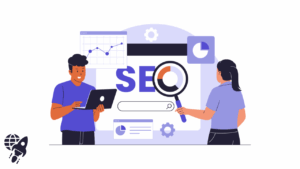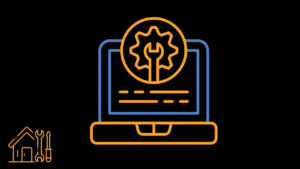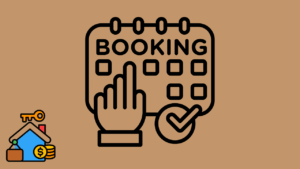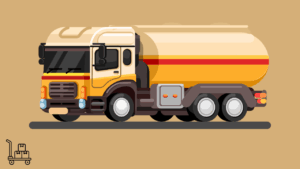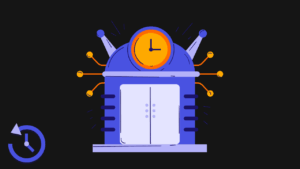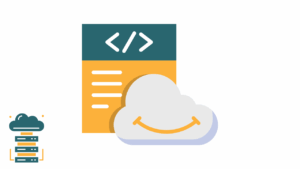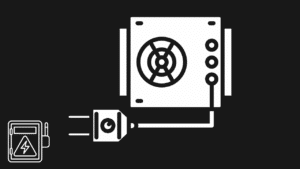To bring a product to market, it must go through the entire process of product innovation. Renewing an existing product and getting an old product into new markets are also included in the definition of product innovation. This involves analyzing market needs, conceiving the product, creating a product roadmap, releasing the product, and gathering feedback, among other things. The product innovation cycle process in 6 steps
Problem identification steps on product innovation cycle
Identifying a problem’s fundamental cause is the first step towards solving it and identifying an issue that needs to be solved in this process. Your opportunity will become apparent once you’ve placed an issue that merits fixing.
Methodology choice
This new product development stage aims to dive deep into the client problem that you have identified.
The following are some of the questions you should be asking yourself
· Firstly, what is the size of the potential market? Do you think this is a problem that’s worth tackling?
· Secondly, today, how else can this problem be solved?
· What sets us apart from our competitors? Exactly why are we in the most excellent position to tackle this problem?
· Finally, do you think this is a problem that is worth resolving now?
Engagement plan steps on product innovation cycle
The third step of the product innovation cycle is engagement. Moreover, a customer engagement strategy is a plan to improve customer satisfaction by interacting with them more positively. So, It may be through any medium, including in-person, online, and over the phone. Customer involvement may be reactive to proactive with the right strategy.
Evaluation and prioritization
Product assessment is the process of determining the appropriateness and safety of a manufactured product for customer usage. Product evaluation is out for two primary reasons:
1) to guarantee that the product complies with applicable standards
2) to detect and correct manufacturing or design flaws.
Prioritization is a systematic process in product management that evaluates the relative significance of work. In addition, ideas, and requests to remove wasteful practices and provide customer value as quickly as feasible, given a range of limitations on the product innovation cycle steps.
Building ideas into a project
You want to come up with several solutions to your problem that have the potential to assist you in achieving your desired outcome (s).
As a Product Manager, you are likely to have access to a Product Designer or UX Lead. Involve your stakeholders and cross-functional team members at this point, if possible, since you’ll obtain a broader range of suggestions from a diverse group of individuals. Bringing stakeholders along for the ride has the extra benefit of promoting buy-in for your effort on your product innovation cycle steps.
Idea implementation
Implement the winning solution or concept once you’ve validated it and produced the first version. You’ll be in a position where you’ve just launched a new product, but you’ll need to continue improving it to expand and retain your client base, meet their changing demands, and stay competitive. You may do this through continual learning and client feedback.
Do-do List Product Innovation Cycle
| Step | Stage Name | Description | Modern 2025 Considerations |
|---|---|---|---|
| 1 | Market Discovery | Identify unmet customer needs and market gaps. | Use AI-driven analytics, social listening, and trend forecasting tools. |
| 2 | Ideation | Generate and brainstorm innovative solutions. | Leverage cross-functional teams, virtual brainstorming, and generative AI. |
| 3 | Concept Validation | Test initial ideas with target users or stakeholders. | Rapid prototyping, digital twins, and online focus groups. |
| 4 | Feasibility Assessment | Evaluate technical and business viability. | Involve cross-disciplinary experts and use predictive modeling tools. |
| 5 | Design & Development | Build and iterate the product using agile methods. | Employ low-code/no-code platforms, AI-assisted design, and DevOps. |
| 6 | Testing & Refinement | Continuously test with real users and refine. | Use real-time data analytics, A/B testing, and usability testing platforms. |
| 7 | Launch & Marketing | Deploy product to market with strategic campaigns. | Personalization at scale, AI marketing tools, omnichannel strategies. |
| 8 | User Feedback & Analytics | Gather post-launch feedback for improvement. | Real-time user analytics, sentiment analysis, automated feedback tools. |
| 9 | Iteration & Scaling | Improve and expand product offerings. | Continuous delivery models, cloud scalability, microservices architecture. |
| 10 | Sustainability & Innovation Culture | Embed sustainability and innovation into the business model. | ESG compliance, circular design principles, and innovation-as-a-service. |

